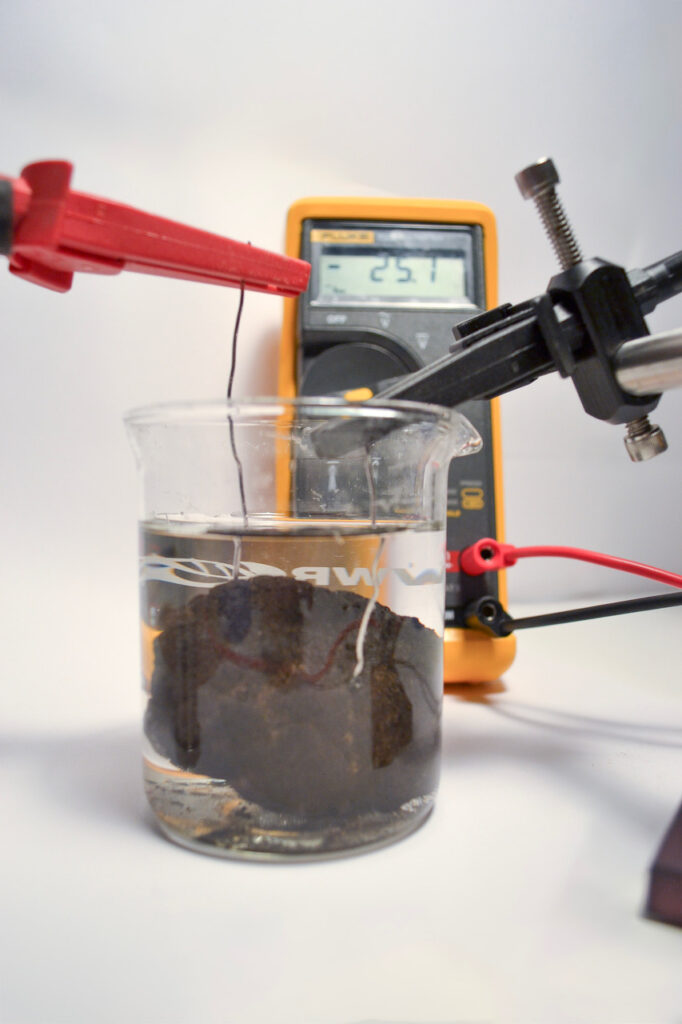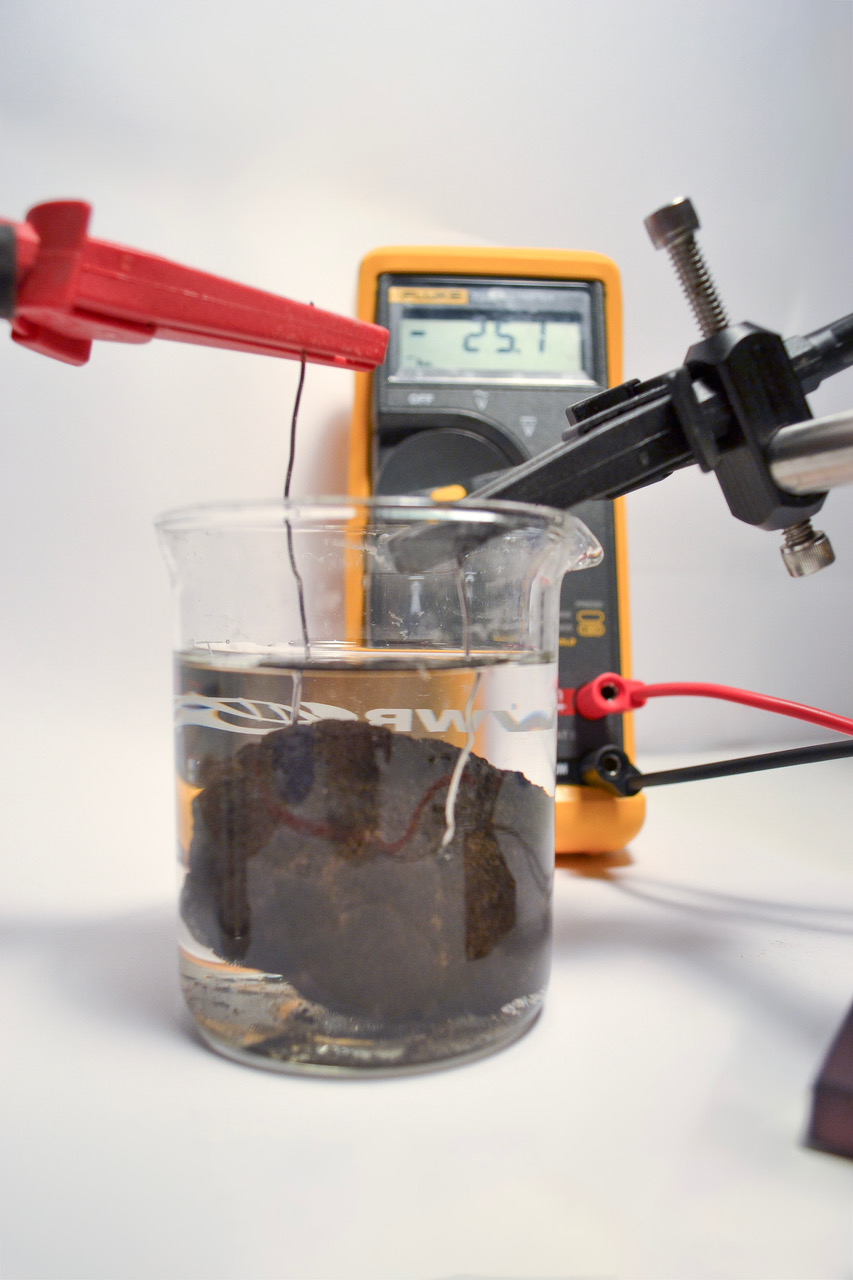Oxygen from Rocks: A recent report in the journal Nature Geoscience describes how manganese nodules generate oxygen at extreme, lightless ocean depths.
The research was led by Andrew Sweetman, head of the seafloor ecology and biogeochemistry research group at the Scottish Association for Marine Science. Sweetman and his team made their discovery while conducting research in the Clarion-Clipperton Zone of the Pacific Ocean, the same area that is coveted by many corporations as a source of elements needed to make batteries essential for a “green” revolution.
According to a press release from Northwestern University, “the surprising discovery challenges long-held assumptions that only photosynthetic organisms, such as plants and algae, generate Earth’s oxygen. But the new finding shows there might be another way. It appears oxygen also can be produced at the seafloor, where no light can penetrate, to support the oxygen-breathing (aerobic) sea life living in complete darkness.”
Sweetman, the press release states, “made the discovery while sampling the seabed of the Clarion-Clipperton zone… When his team initially detected oxygen, he assumed the equipment must be broken.”
He then enlisted Franz Geiger, of Northwestern University, to help track down a source of the oxygen. Previously, Geiger had found that rust in saltwater can generate electricity. “The researchers wondered if the deep-ocean’s polymetallic nodules generated enough electricity to produce oxygen” through a process called seawater electrolysis.
Sweetman shipped several pounds of the nodules to Geiger’s laboratory.
“Just 1.5 volts – the same voltage as a typical AA battery – is enough to split seawater,” the press release states. Researchers recorded voltages of up to 0.95 volts on the surface of single nodules, it went on to say. “And when multiple nodules clustered together, the voltage can be much more significant, just like when batteries are connected in a series.”
“It appears that we discovered a natural ‘geobattery,’” Geiger is quoted as saying.
Geiger believes the findings should force a rethinking of deep-sea mining activities. “In 2016 and 2017, marine biologists visited sites that were mined in the 1980s and found not even bacteria had recovered in mined areas. In unmined regions, however, marine life flourished,” he was reported as saying.
This new research, he said, “puts a major asterisk onto strategies for sea-floor mining as ocean-floor faunal diversity in nodule-rich areas is higher than in the most diverse tropical rainforests.”



Leave a Reply